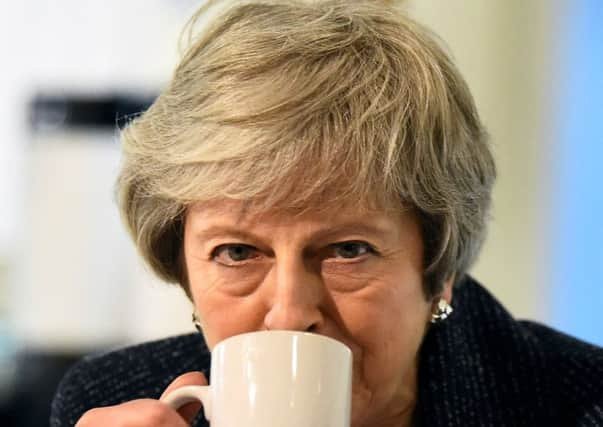Theresa May ‘would have majority’ in snap election, says poll


The YouGov survey for The Times found that Conservatives would increase their 317-seat tally by four to 321, with Labour shedding 12 MPs to end up with 250.
While such a result would leave Mrs May short of commanding half of Parliament’s 650 MPs, she could expect a wafer-thin working majority due to the fact that the Speaker and his deputies do not vote and Sinn Fein’s MPs do not traditionally take their seats.
Advertisement
Hide AdAdvertisement
Hide AdIf Sinn Fein held on to its seven seats, Mrs May could expect a working majority of just one or two in the Commons, and would be highly vulnerable to rebellions by backbenchers in her own party.
In practice, she might well find herself once more dependent on the votes of the Democratic Unionist Party.
The unusually large poll of more than 40,000 voters in England, Scotland and Wales used a model of assessing individual constituencies which correctly predicted a hung Parliament in 2017, when most pollsters were forecasting a comfortable Tory victory.
It put Conservatives on 39% - down four points from the 43% recorded in British seats in 2017 - but predicted a larger drop in support for Jeremy Corbyn’s Labour, down seven points from 41% in 2017 to 34% now.
Liberal Democrats were on 11%, up three points from the last election. And Ukip, which slumped to 2% in 2017, experienced a resurgence to hit 5%, taking a significant chunk of support from the Tories.
While the Scottish National Party’s share of the vote was unchanged since 2017 on 3%, the YouGov model suggested they could boost their tally of Westminster seats by four to 39.
YouGov questioned 40,119 British adults form February 2 to 7 and applied the results to the demographics of each individual constituency to work out local swings.
